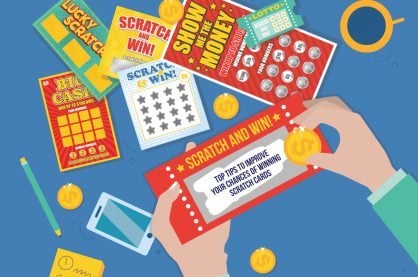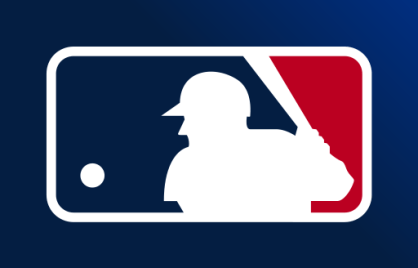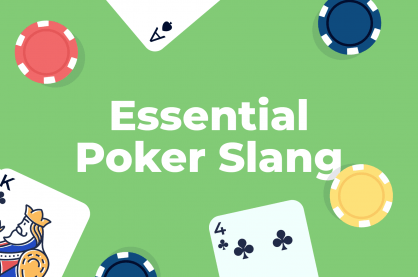The Blackjack Sixteen: Hitting, Standing, and Everything In Between
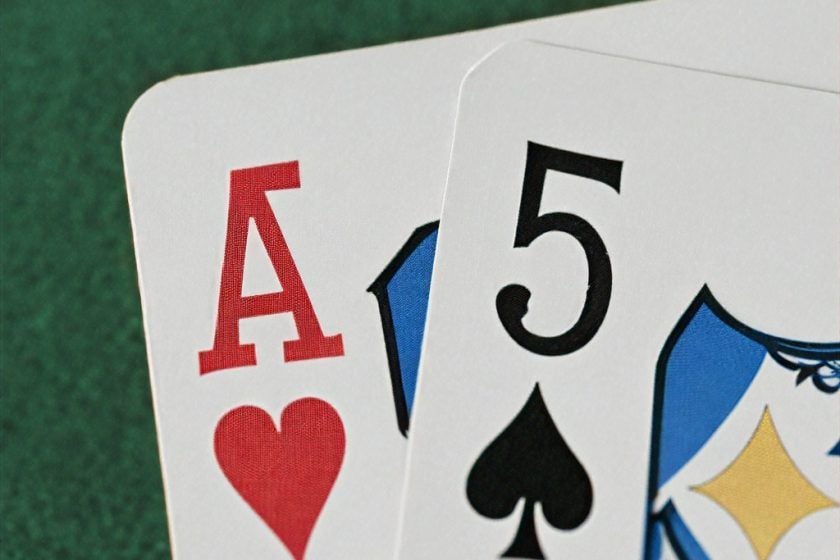
Do I Hit or Stay At 16: What You Need to Know
- Tough Decision: Hitting or standing on a 16 is one of the most debated plays in Casino Blackjack due to its high-risk nature.
- Dealer’s Up Card: The dealer’s up card greatly influences your decision. Statistically, if they show a 7, 8, 9, 10, or Ace, it’s usually better to hit.
- Stand with a Soft 16: If you have a soft 16 (Ace and 5), it’s usually advisable to hit as the Ace can be counted as 1, preventing a bust.
- Consider Count: If you’re counting cards and the Running Count is negative, it might be best to stand on a Hard 16 against a dealer’s 10, considering the number of low-value cards left in the deck.
- Use Strategy Charts: Blackjack strategy charts provide the best action based on mathematical probabilities. They generally advise to stand on 16 against a dealer’s 2 to 6.
We all envision sitting down at a Blackjack table and being dealt a parade of Aces and 10-cards and watching our chip stack grow.
But the reality is, part of playing optimal Blackjack is learning the best gameplay tips on the not-so-appealing hands. Today, we’ll talk about one of the worst hands you can be dealt in Blackjack: the feeble 16.
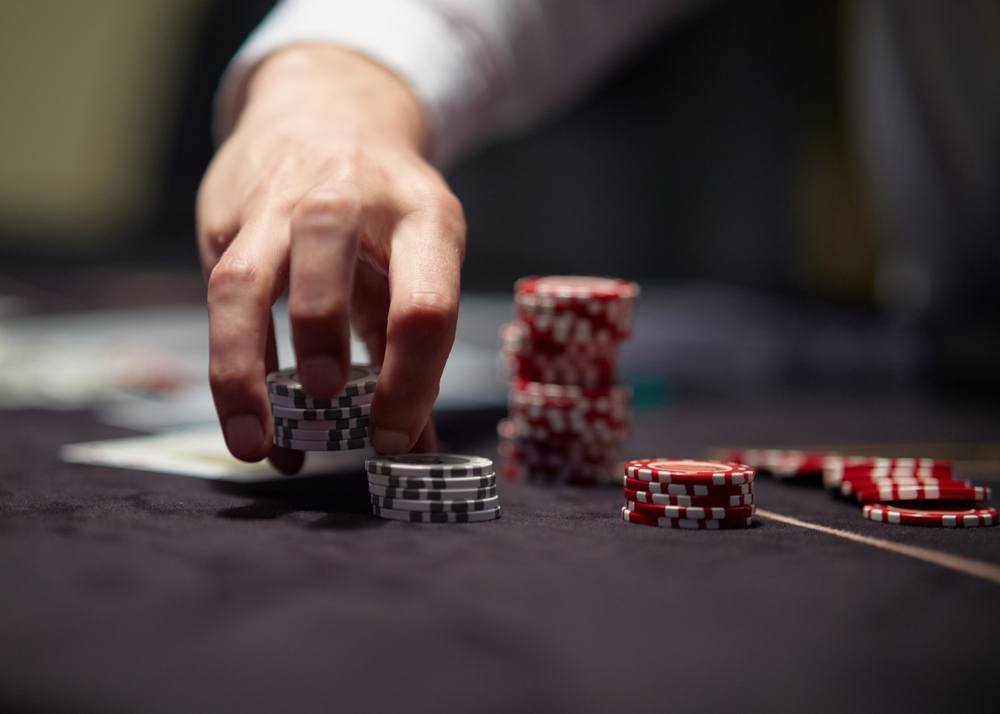
Image Credit: Bordovski Yauheni/Shutterstock
Remember as we learn whether to hit or stand on 16 in Blackjack, let’s make sure we’ve established the big picture with learning Blackjack strategy and Blackjack tips. Our goal in learning Blackjack gameplay is not merely to maximize your chances for winning on good hands, it’s also to minimize your chances of losing on bad ones like 16.
Yes, they are two sides of a single coin, but it’s good to know when to be on the offense and when to be on the defense.
Part of the fun of Blackjack is the game’s low house edge. But that edge is only small if you as a player know how to employ proper gameplay strategy. That means learning what to do when you’ve drawn a 16. Even though your prospects aren’t great, you can’t give in.
There is a right way and a wrong way to play your 16; there’s a time to hit, a time to stand, and even a time to look at Blackjack’s other possible plays.
Which 16 Do You Have?
With Blackjack’s special card values, there are several distinct ways to make a 16. Let’s address the special cases first, then we’ll dive into the most common situations.
Soft 16
If your hand is an Ace-Five, you have a Soft 16. This isn’t as bad as having a Hard 16 because Aces can count as 1 or 11, giving you more flexibility.
Aside: Blackjack hands having two possible values at the same time sounds like some kind of quantum physics phenomenon, but it’s not that complicated. Aces are fully flexible cards and their value changes between 1 and 11 to your benefit. Your dealer – whether carbon- or silicon-based – will calculate the best possible hand value for you given your combination of cards.
When to Hit on a Soft 16 and When to Double Down
Whether you’ve made Soft 16 from the first two cards dealt your way or if you’ve created a Soft 16 after one or more hits makes no difference. Regardless of what the dealer shows, you’ll either be hitting on your Soft 16, or doubling down.
Aggressive players will often double down on Soft 16 (if it’s allowed) against a Dealer showing the worst bust cards (usually a Four, Five, or Six). Remember, doubling down means you are allowed to double your initial wager in exchange for a single additional card. Players doing this don’t expect to improve their hand, they just know the dealer has a good chance of busting so they’re trying to increase the size of their wager.
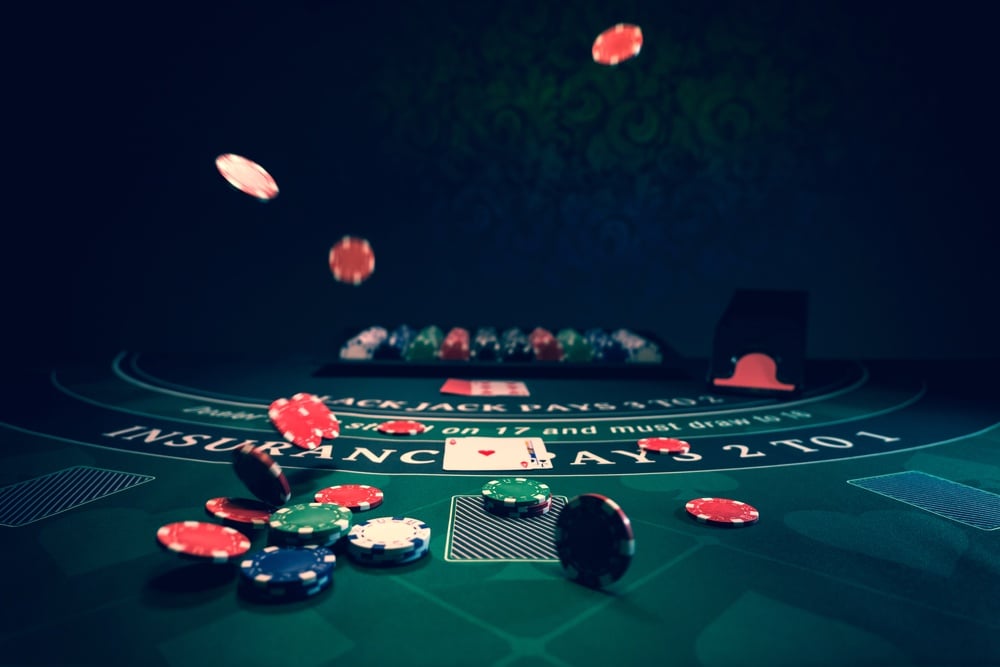
Image Credit: Juliannedev/Shutterstock
Two Pieces-of-Eight
The next scenario is one in which you’re dealt an Eight-Eight. In Blackjack, when you’re dealt a pair of cards, you have the option of splitting. Splitting means you can match your original wager and make each of your cards the nucleus of a new hand. You’ll get a single card from the dealer on top of each of your Eights which you then play out in turn like any other Blackjack hand.
This scenario is the easiest to remember, so use it as a mantra and say it out loud with me now (even if it draws funny looks from the person next to you): always split Eights in Blackjack. Say it! Always split Eights in Blackjack.
Putting a second bet at risk isn’t easy when you’re facing a superior dealer up. But screw your courage to the sticking place and do it anyway. Even if your two Eights face a Dealer 9, 10, or Ace, it’s always the right play.
Aside: If it’s allowed, be prepared to split again if you’re dealt another Eights on top of one (or both) of your split Eights. Because 16 is such a lousy hand, and because Eight is a solid nucleus of a new hand, it’s best to keep splitting. And pay no heed to the Blackjack surrender rule that is sometimes mentioned in conjunction with splitting strategies. Always split Eights and never surrender! (Cue the dramatic music!)
All Other 16’s – to Hit or Stand?
Now that we’ve covered the special cases, we get to the heart of the matter: what should you do on a Blackjack hand of 16? Let’s assume you were dealt two non-matching non-Ace cards totaling 16. Should you hit or stand on a standard 16?
Aside: this approach to hitting and standing applies whether you were dealt a Hard-16, or whether, after hitting one or more times, your hand value now stands at exactly 16. For example, say you were dealt Eight-Six for a hand of 14.
You took two hits from the deck and both cards were Aces. Your Eight-Six-Ace-Ace counts as a Hard-16. (Your Aces must count as 1 rather than 11, since counting them as 11 would put your hand value north of 21 and bust you out of the game.)
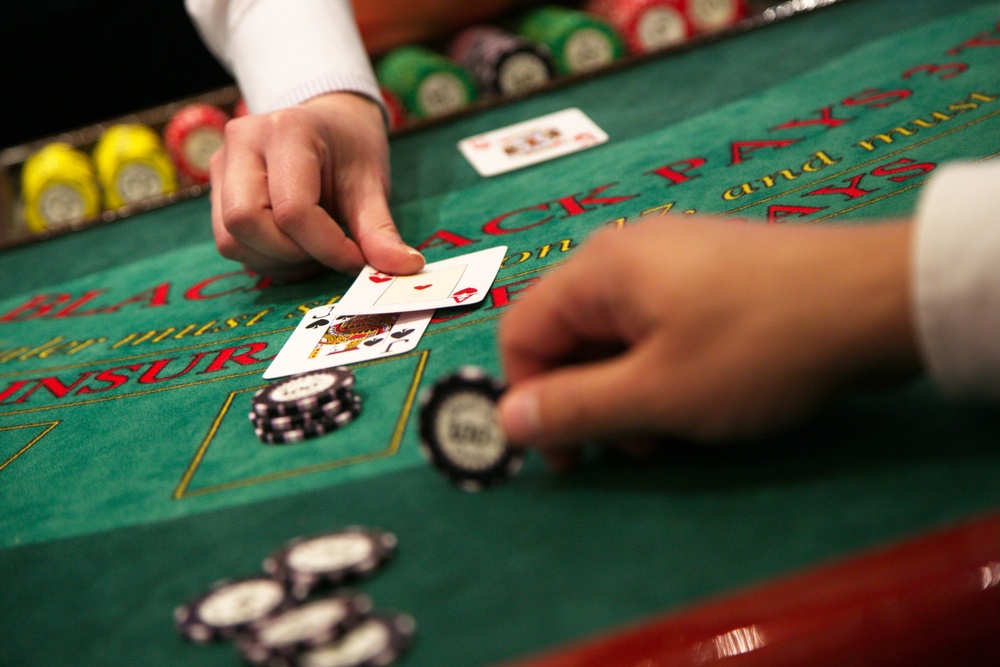
Image Credit: Juliannedev/Shutterstock
Your action with a standard 16 is contingent on the Dealer’s up-card. To derive your play, we apply the all-important assumption of Tens in Blackjack, which guides so much strategy in the game. Because 30% of a Blackjack deck is comprised of 10-cards (Ten, Jack, Queen, and King), we assume every card we can’t see is going to turn out to be valued at 10.
Under this assumption, if every hit you took, the Dealer’s hole card, and every hit the Dealer took were a 10-card, what would you do? You’d do the following:
- If the Dealer shows a superior up-card card (a 7, 8, 9, 10, or Ace), you must hit. Apply the Assumption of Tens, you’ll realize if you stay at 16, you’re toast. The Dealer is likely to turn their hand into 17 or better (any of which would beat your paltry 16) so you have to try and improve your hand.
- If the Dealer shows a bust card (2,3,4,5, or 6), you must stand. The Assumption of Tens now works in your favor in terms of the Dealer’s prospects. Adding a 10-card would leave them short of 17, meaning the Dealer must hit according to Blackjack’s Dealer rules. A second 10-card would bust the dealer.
Here’s a simple chart you can reference that summarizes the strategies we’ve discussed:
| Type of 16 | Dealer Up-Card | Action |
| Soft 16 | 5 or 6 | Hit (Double Down Optional) |
| Anything else | Hit | |
| Pair of 8’s | Doesn’t matter: Split! | |
| Hard 16 | 7,8,9,10,Ace | Hit |
| 2,3,4,5,6 | Stand |
Aside: When you are last to act at a Blackjack table, the moments this strategy lets you down will be painful memories that are hard to shake. For example, imagine you’re in a hand where you follow the above strategy and dutifully hit on your 16 versus a dealer 9.
You draw a Queen and bust, then watch the Dealer reveal their hole-card to be a Six (making 15) then draw a Six (making 21), wiping out the whole blackjack table. If only you’d stayed on 16, everything would have worked out! The opposite happens sometimes as well; you stay on 16 against a Dealer 6 only to see the Dealer turn over an Ace and hit a Five to make 21.
Oof. That six could have given you 21!
Yes, bad beats happen. But clear your mind of them. We play this 16 strategy because in the long run, it’s superior to any other strategy, as borne out by the probabilities.

Image Credit: Nazarovsergey/Shutterstock
Do I Hit or Stay At 16: Key Takeaways
There’s no escaping the reality that a Hard 16 in Blackjack puts your back up against the wall. You’re more likely to lose than win. Let’s review the possible outcomes and their probabilities:
- If you have a 16 including an Ace that counts as 11, it’s a Soft 16. You should hit at the very least. About 1/3 of the time you’ll improve your hand on one card.
- For Hard-16’s here are the three possibilities:
- Once out of every 200 hands or so, you’ll be dealt Eight-Eight. This is a Hard 16, but it’s a special situation and there’s one move: always split eights.
- When the dealer shows a superior card (Seven, Eight, Nine, 10-card, or Ace), you hit to try and improve your hand. 64% of the time, you’ll draw a bust card and lose. But standing is worse; 80% of the time your 16 wouldn’t hold up against the Dealer’s hand.
- When the dealer shows a bust card (Deuce, Three, Four, Five, or Six), your play is to stand and hope the Dealer busts. Against a Dealer Five or Six, the Dealer busts around 42% of the time, dropping down a few percentage points with each smaller up-card, landing on 35% with a Dealer showing a Two.
Time to Play
Now that you know what to do with your 16 in Blackjack, it’s time to get in the game. These strategies work whether you’re playing Blackjack in an online game, or if you’re in a brick-and-mortar casino. And they’re valid no matter what stakes you’re playing for.
Good luck!
